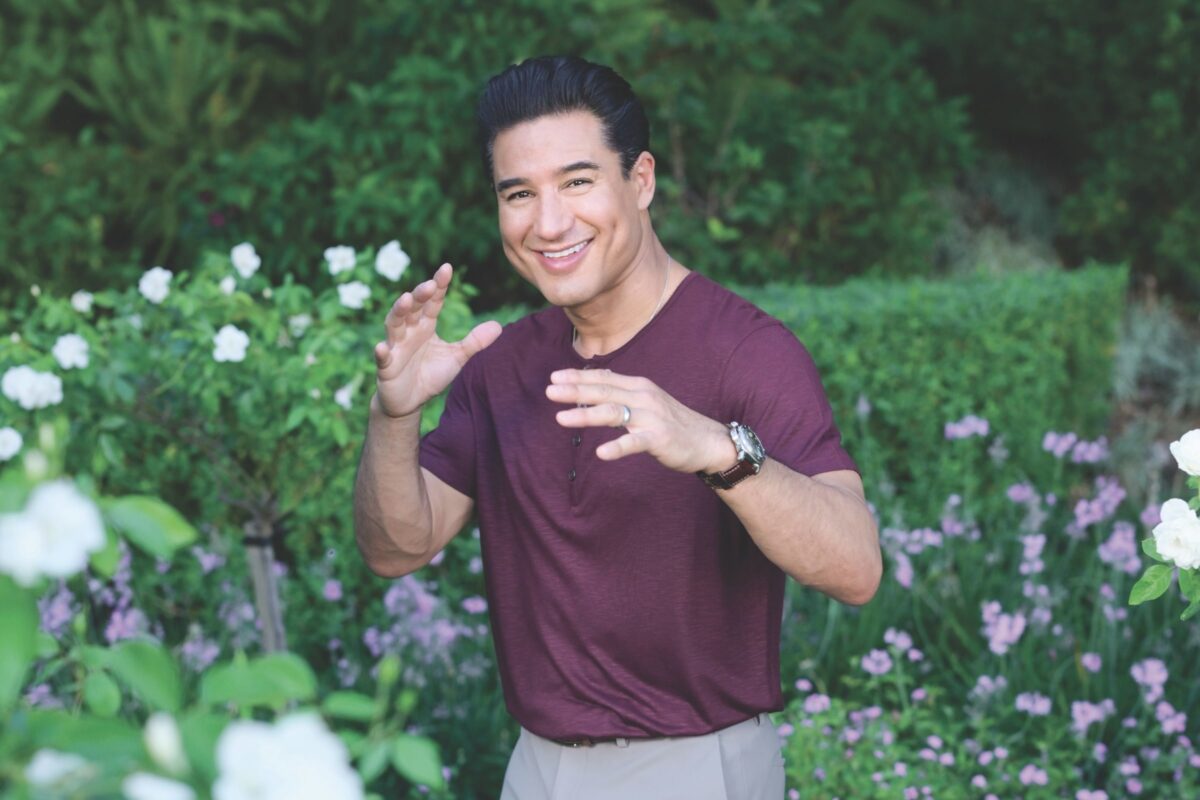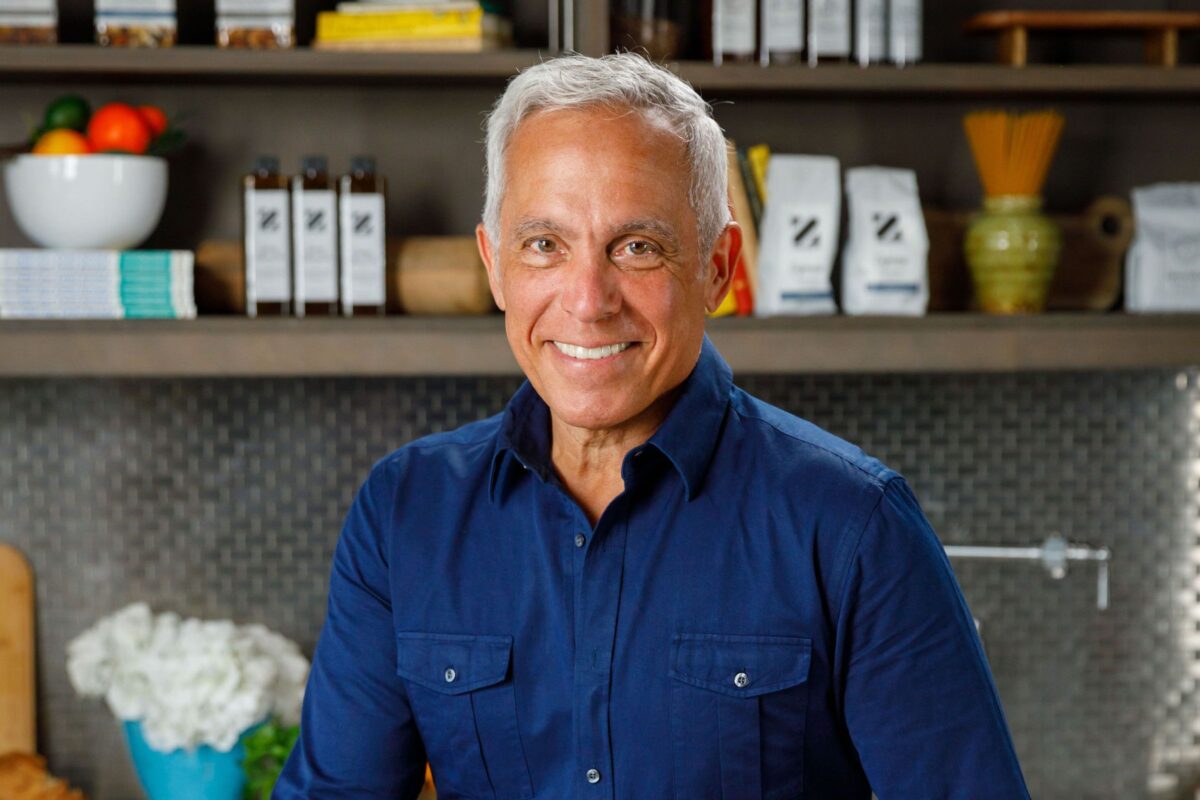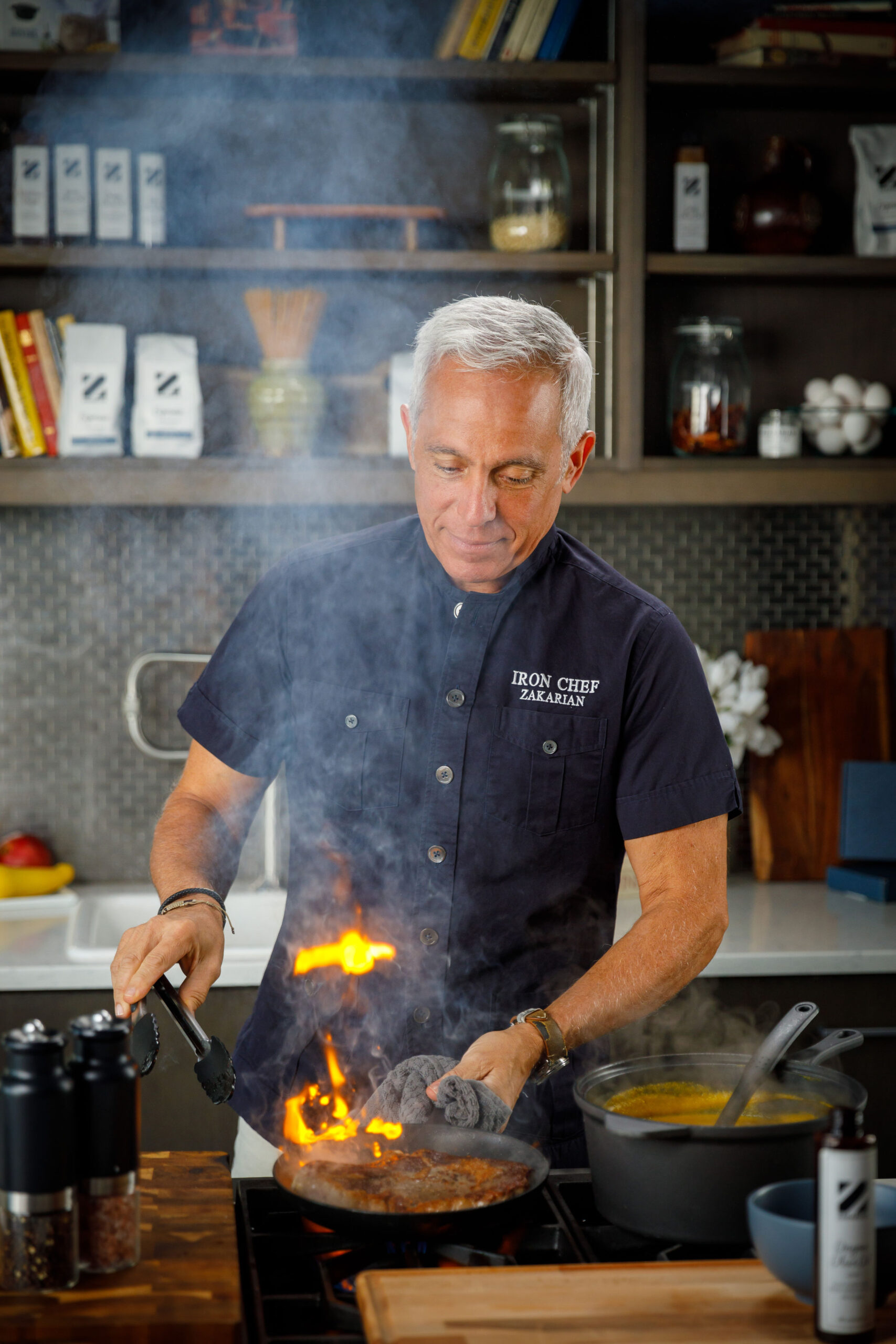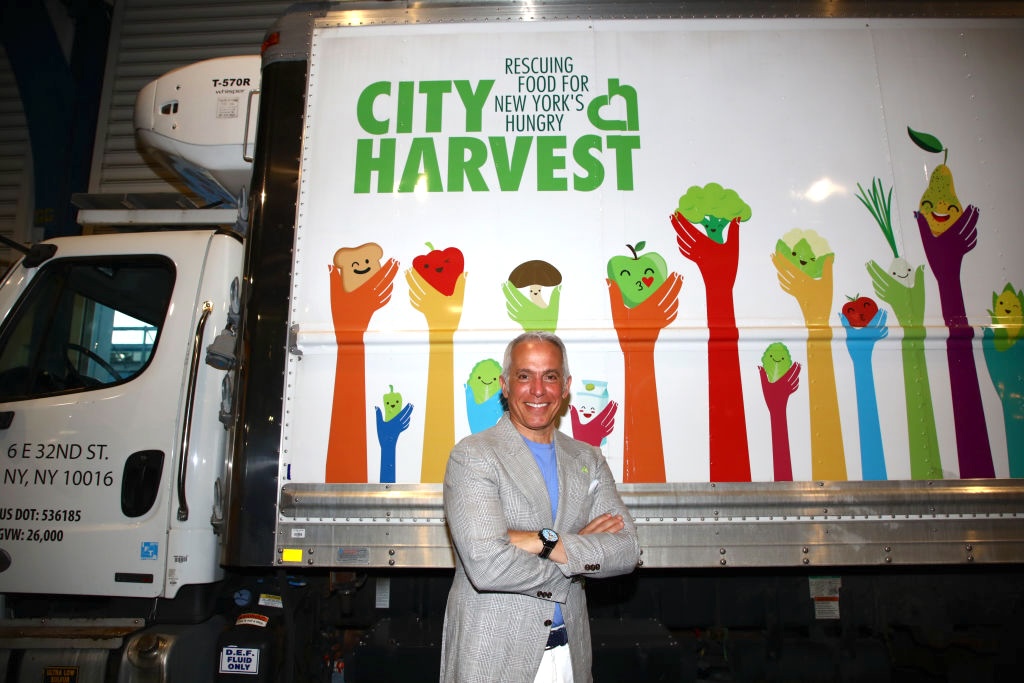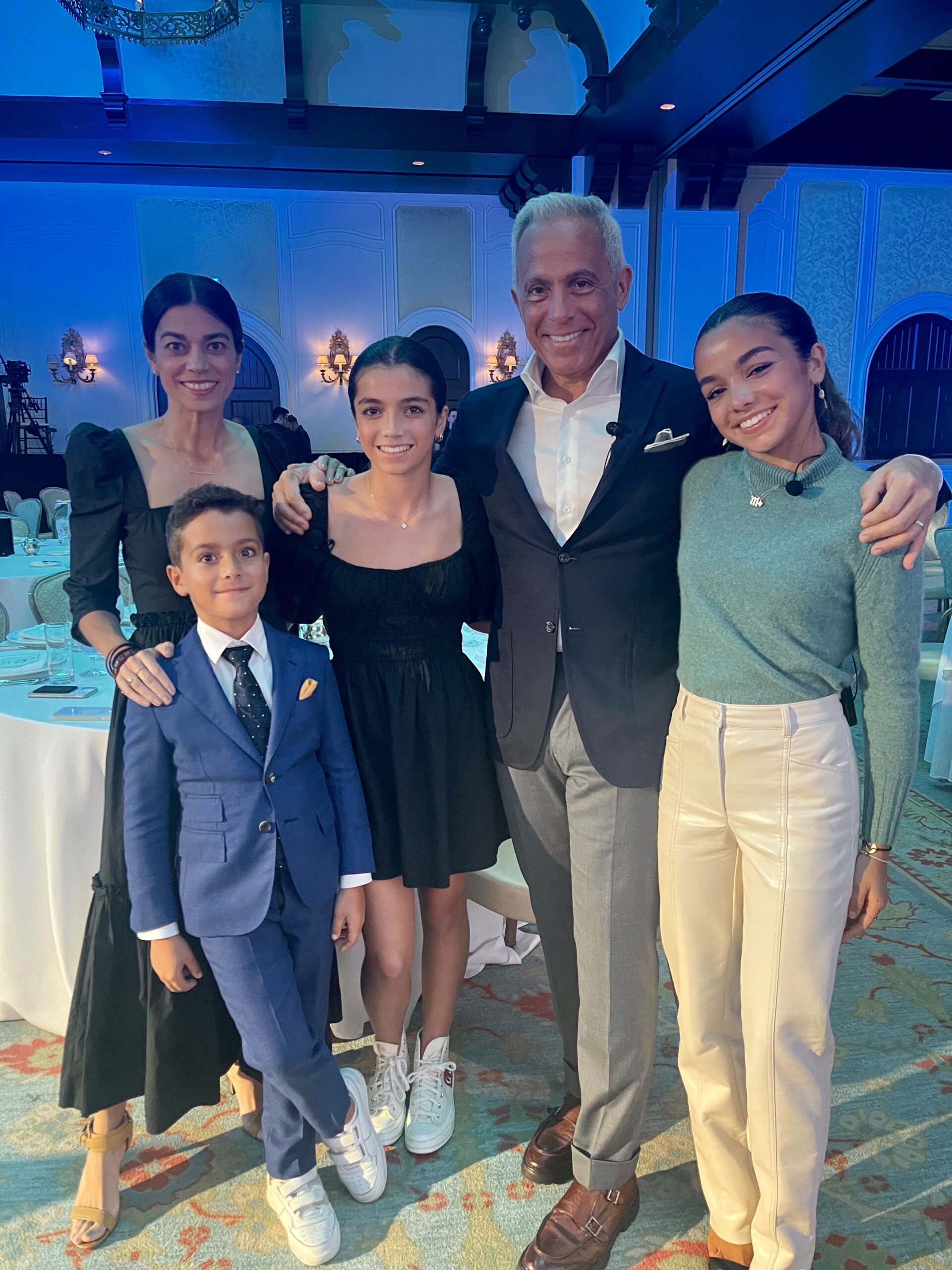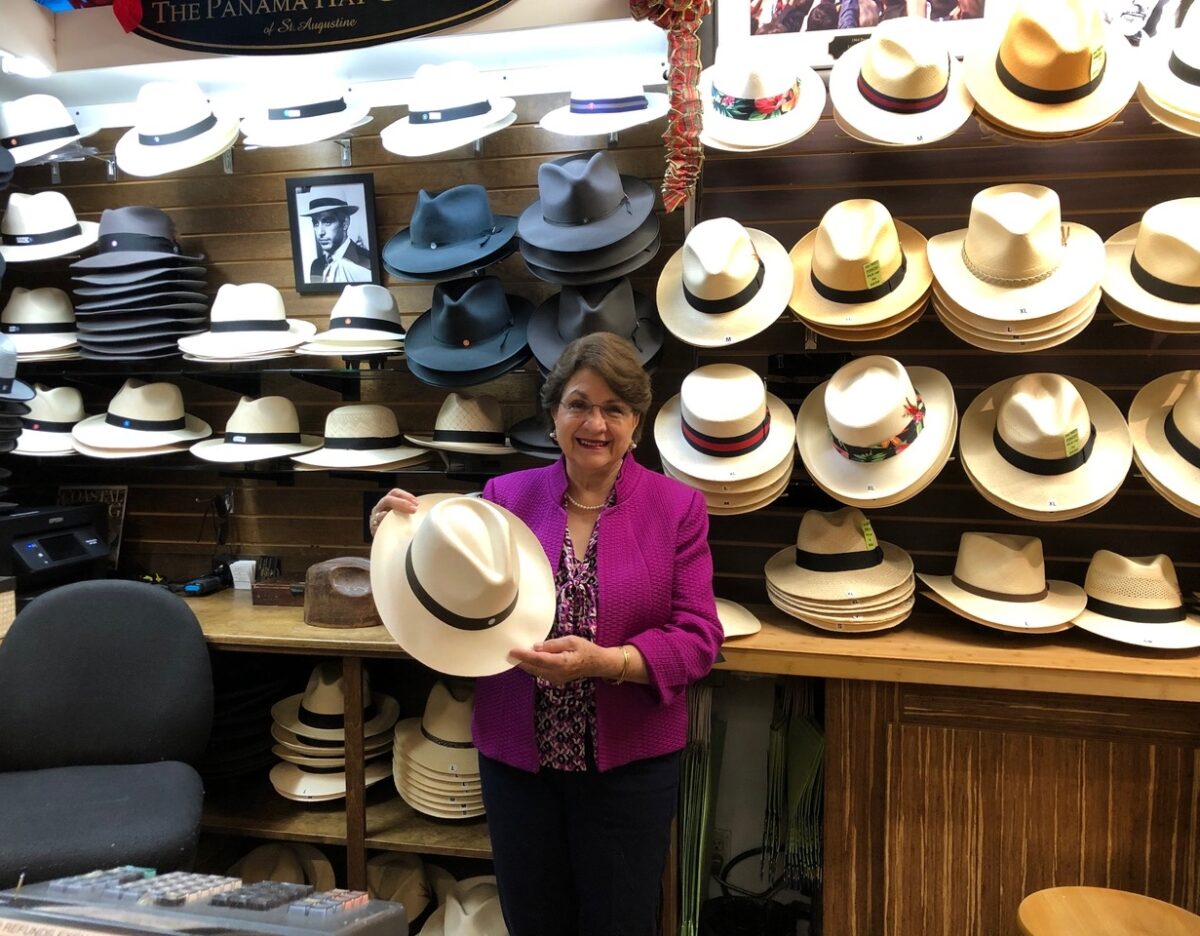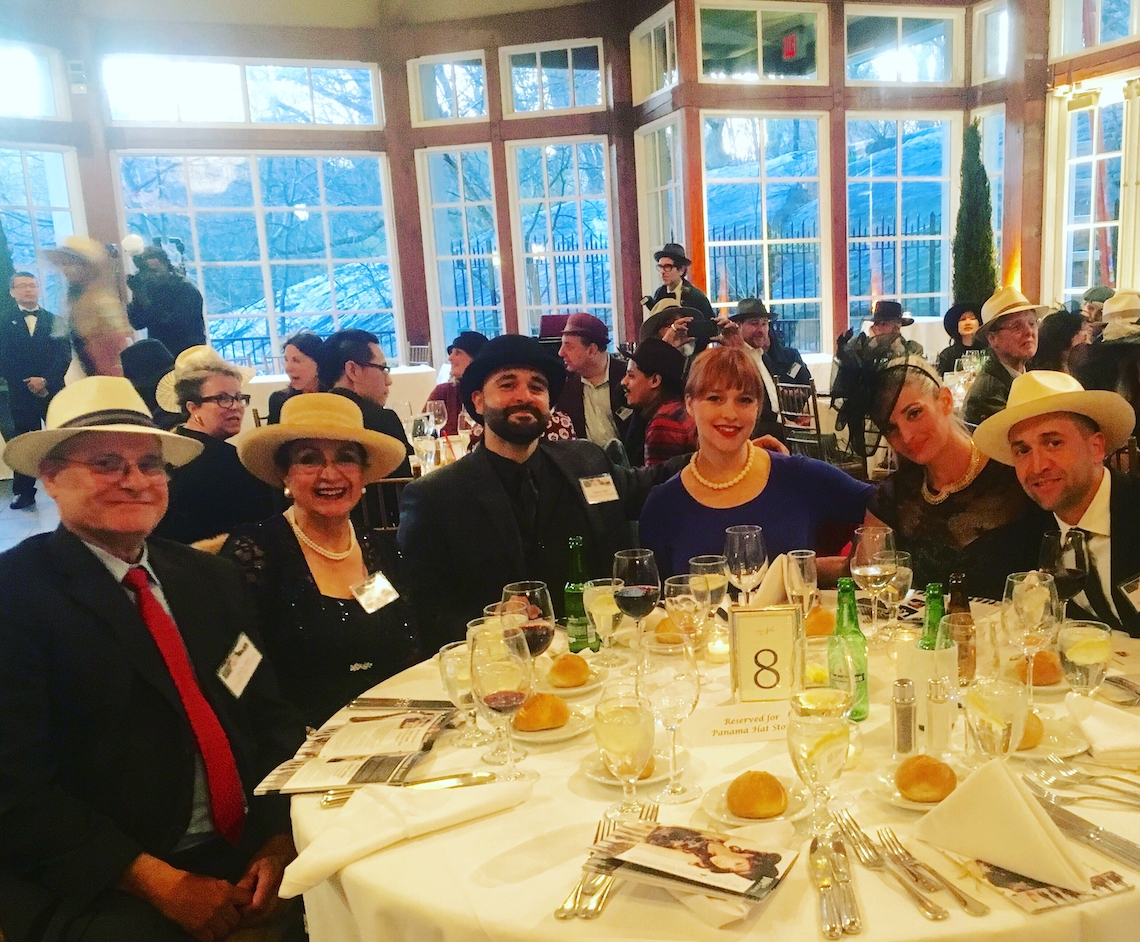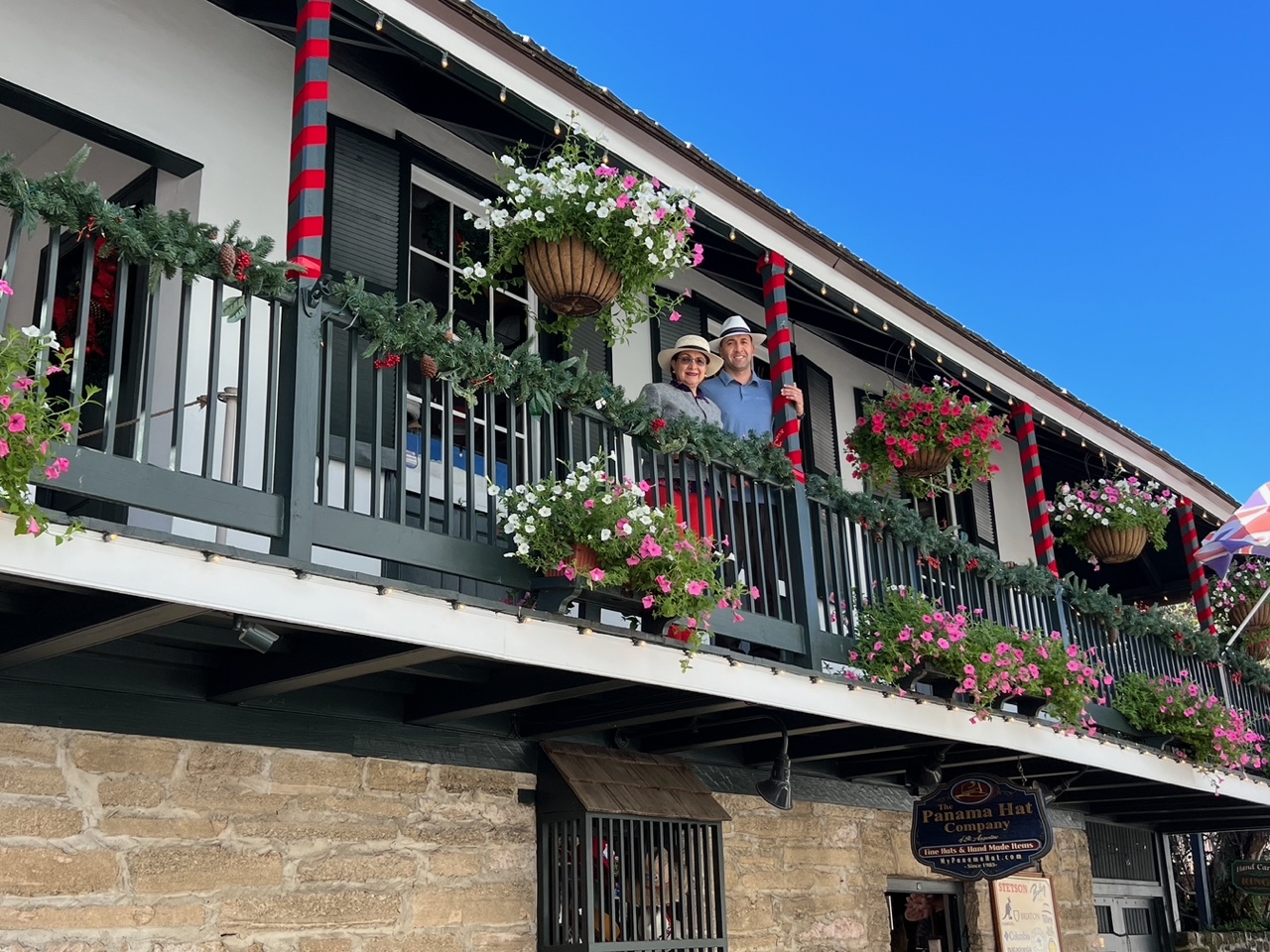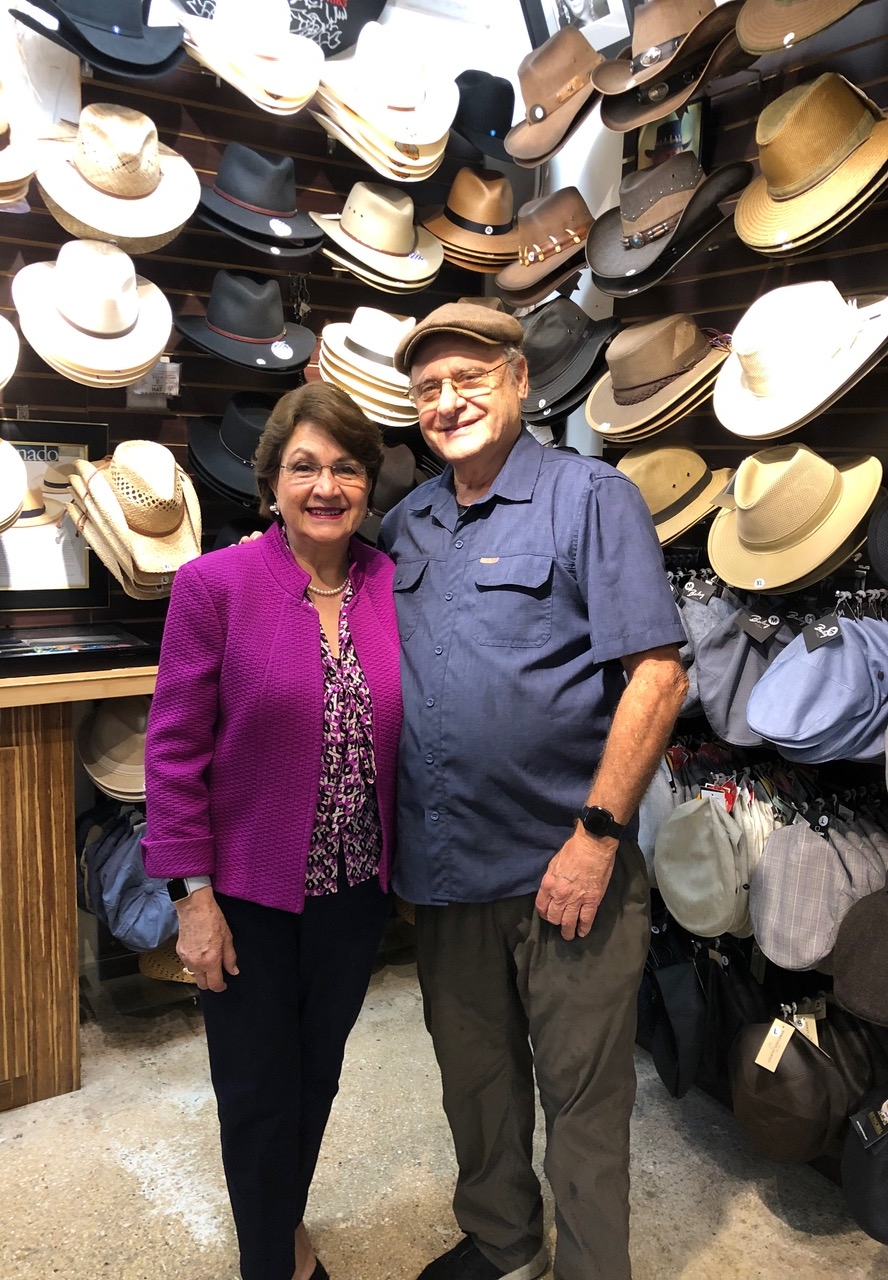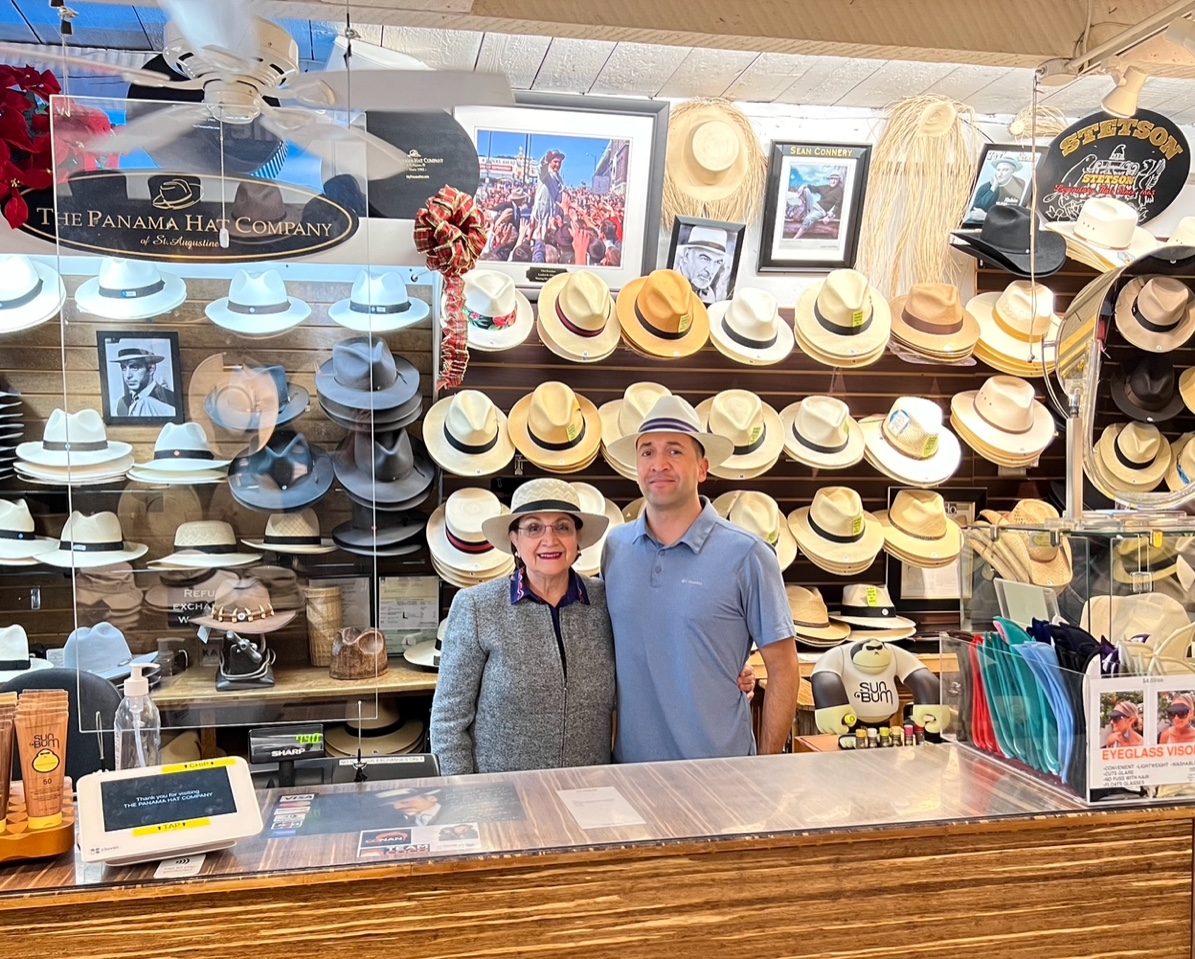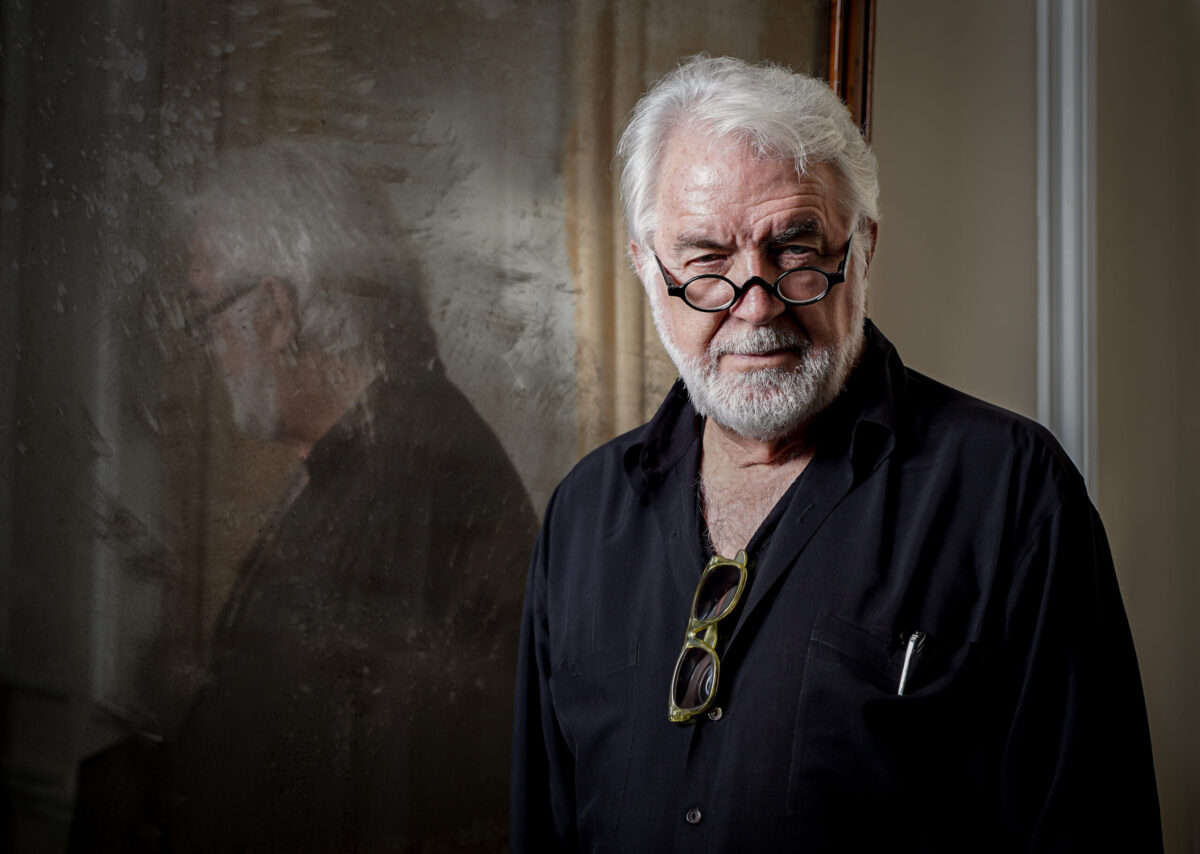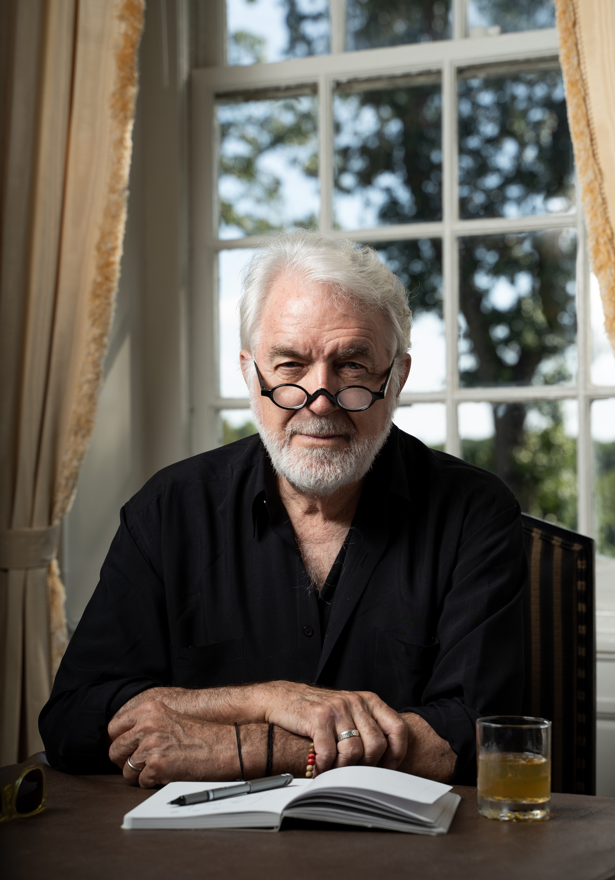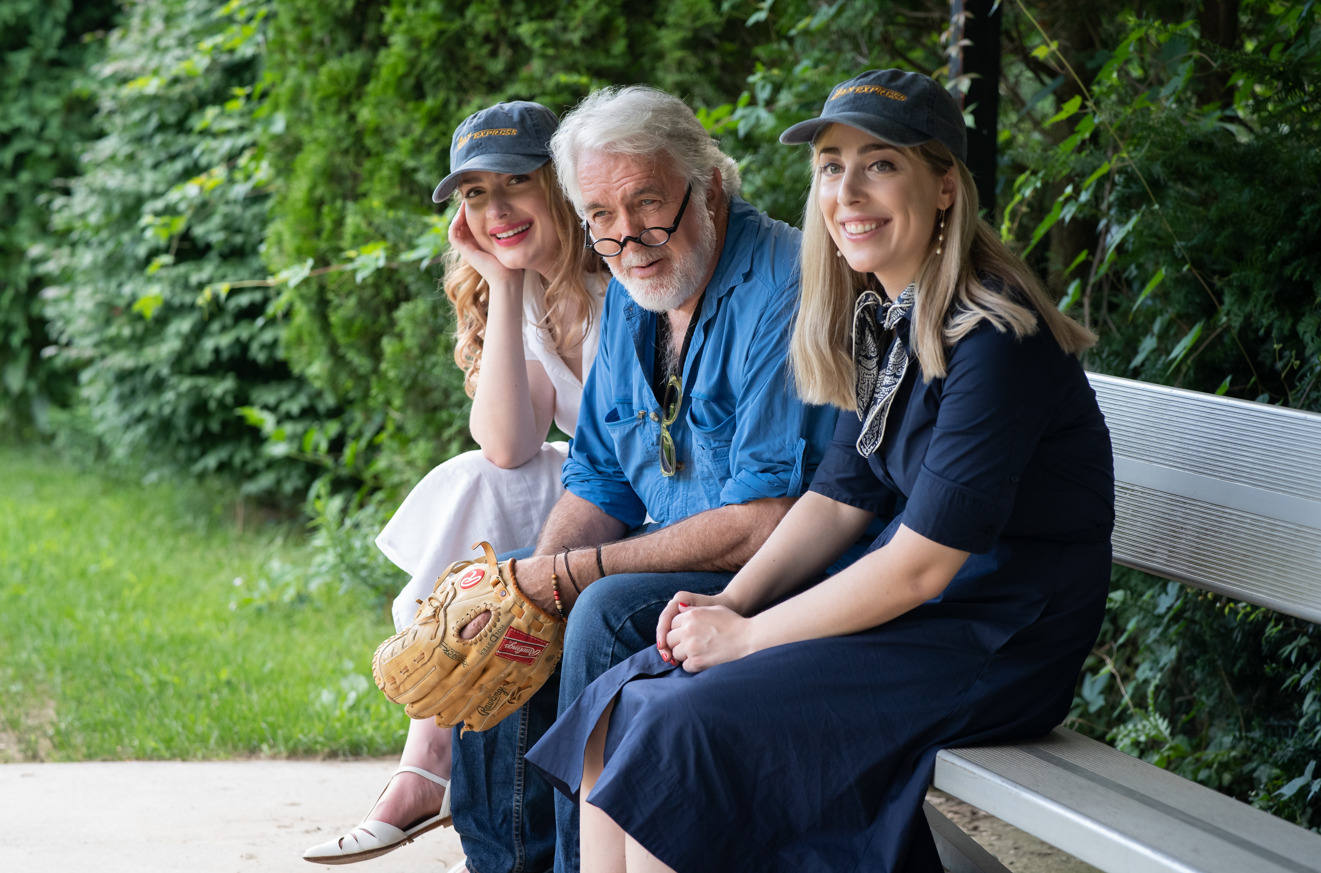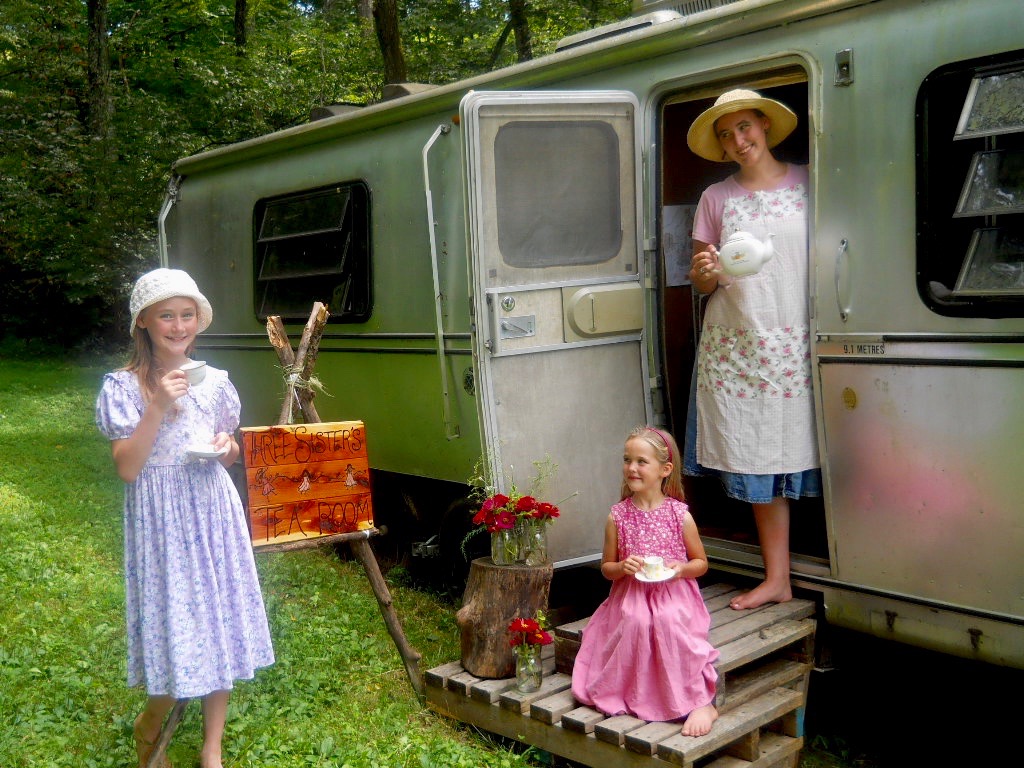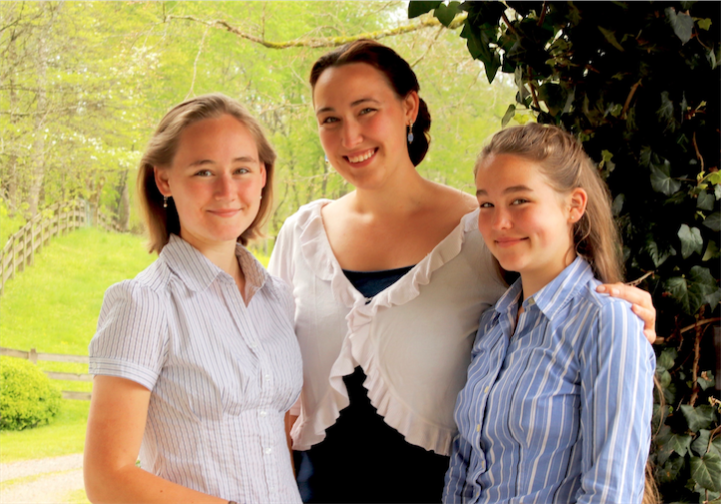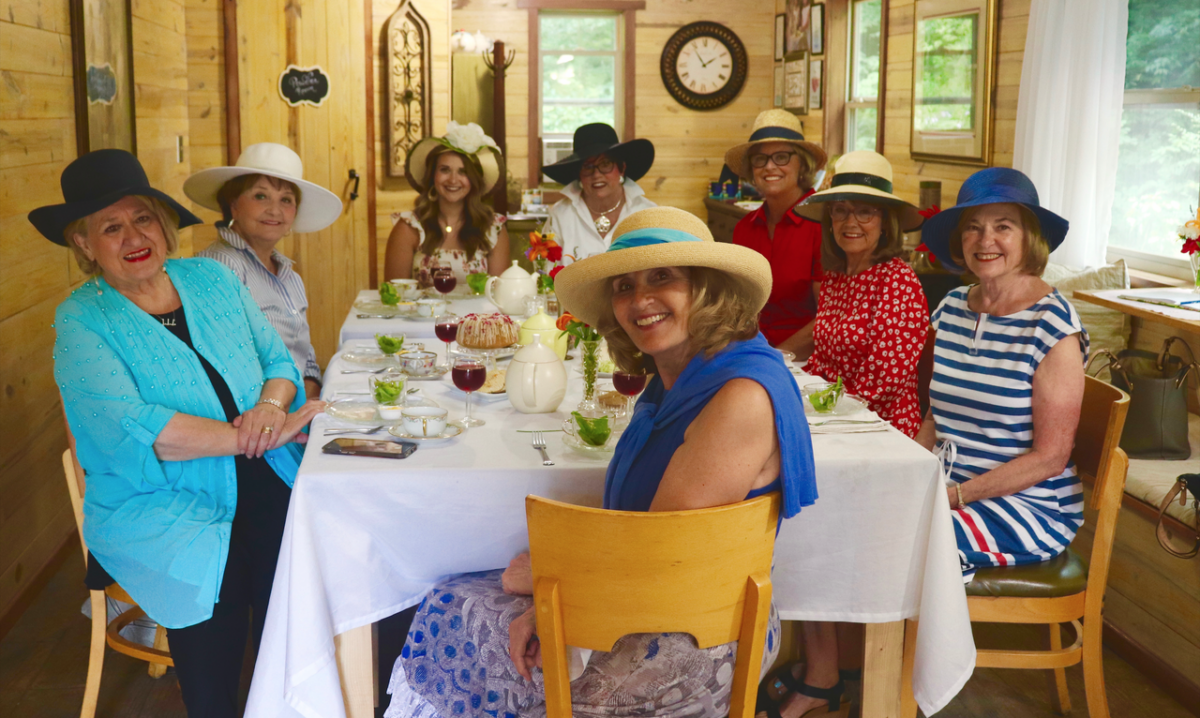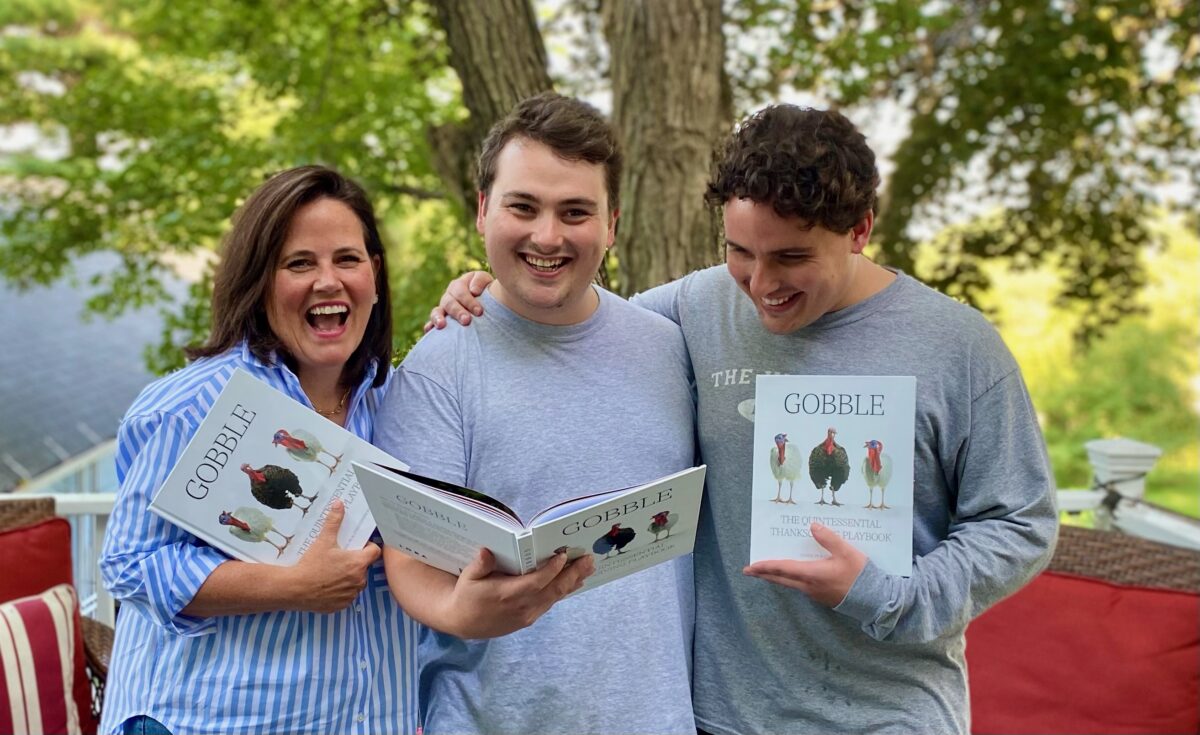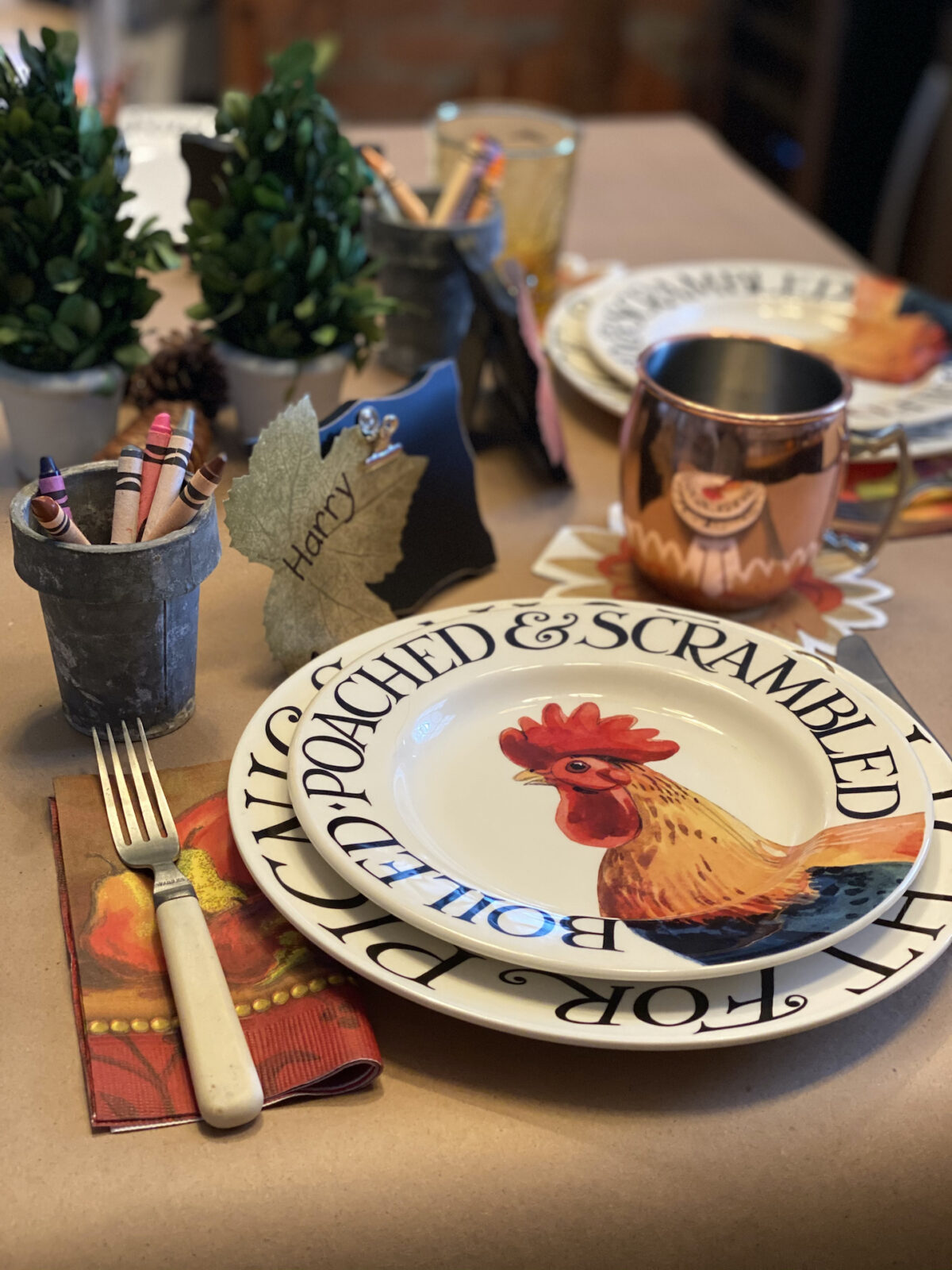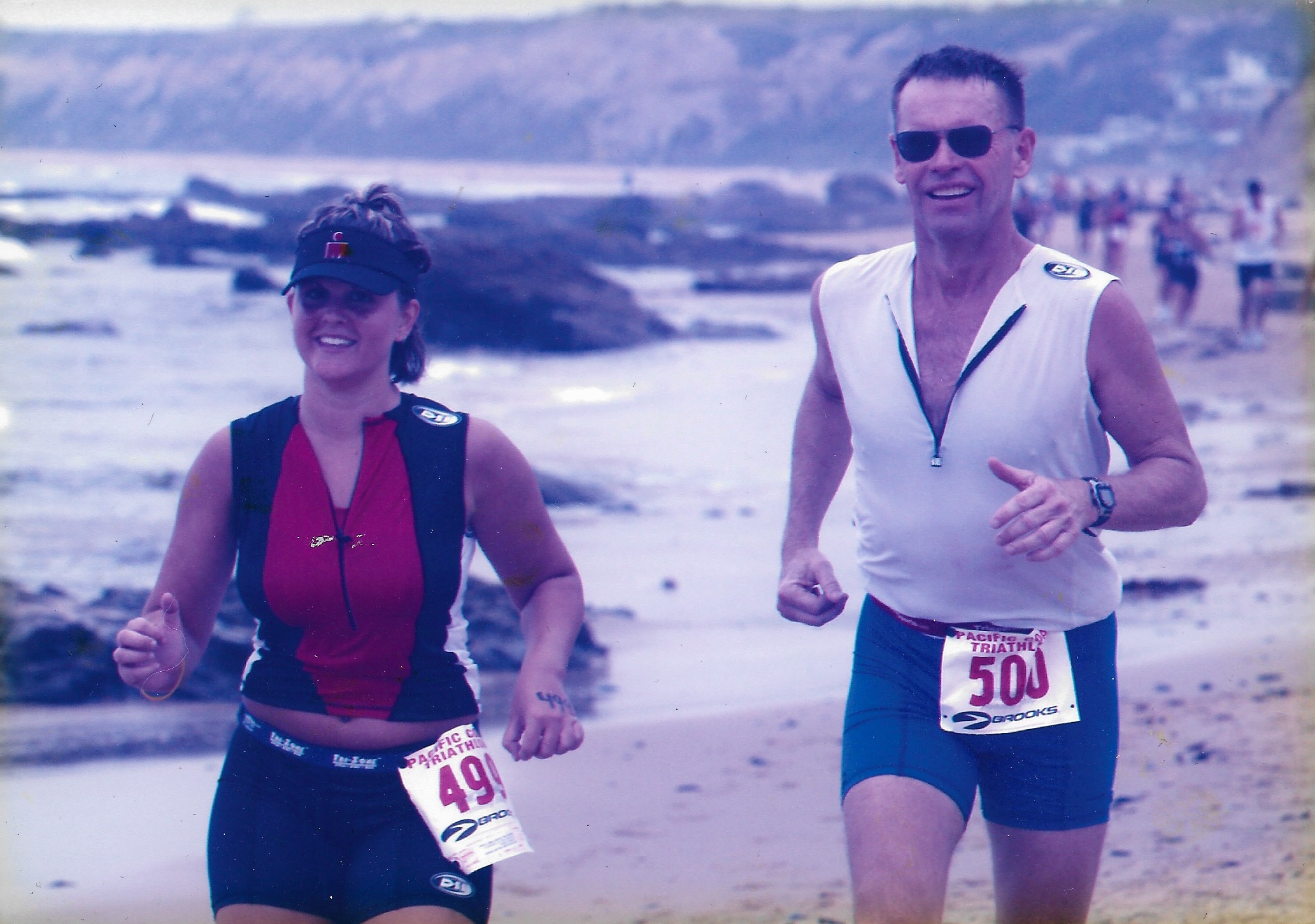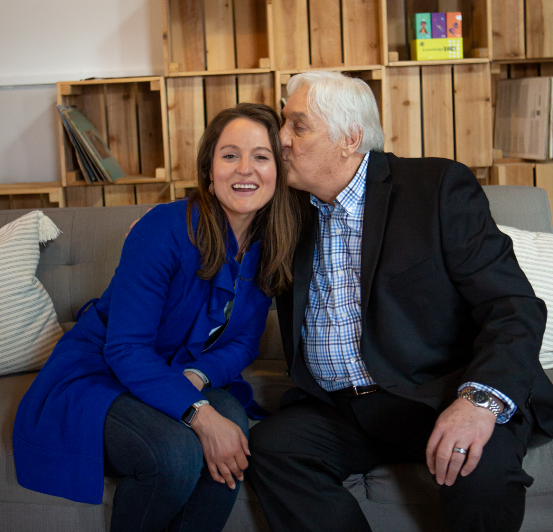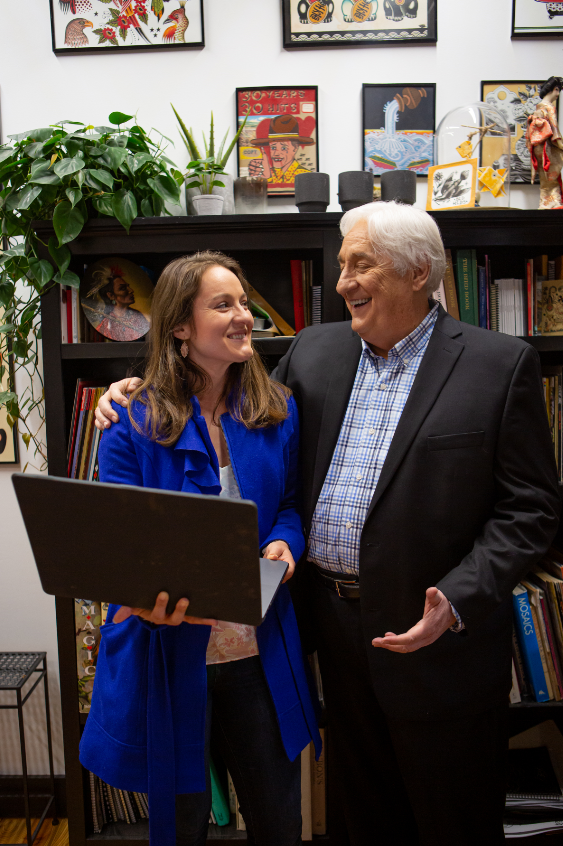Mario Lopez is a host, actor, producer, author, and entrepreneur. He hosts TV shows and podcasts, does food criticism, and has his own shoe line. He’s been a dancer and sports commentator and fitness guru, and in a nod to his Mexican heritage, he recently became a small-batch tequila entrepreneur. Could becoming an astronaut be next?
“I’m working on that one,” Lopez said.
He’s joking. Sort of.
Lopez has not only come a long way in five decades of a life lived, as he puts it, “at full throttle,” he’s gone in so many different directions it’s hard to keep track. The two-time Emmy Award-winning host of “Access Hollywood” is currently the host of the nationally syndicated radio show “On With Mario Lopez.” But that doesn’t begin to gauge the breadth of his active professional life.
Last year, Lopez launched a line of shoes that bears his name as its brand. And that tequila? Lopez partnered with boxer Oscar de la Hoya to market it as “Casa México.”
Underneath the panoply of entertainment and business endeavors, who is Mario Lopez? He’s a guy who shot to fame in 1989 at age 16 in TV’s “Saved by the Bell.” He did 86 episodes as the deep-dimpled, mullet-sporting heartthrob A.C. Slater in that teen favorite, and another couple dozen episodes in the sequel series, “Saved by the Bell: The College Years.” The dimples are still there. The mullet, long gone.

After “Saved by the Bell” came a slew of movies, of which “Breaking the Surface” (1997), the story of Olympic swimmer Greg Louganis, is probably the best remembered. Somewhere in the 2000s, there were also stints as both contestant and judge on “Dancing with the Stars” and several dozen episodes of the TV soap “The Bold and the Beautiful.”
Movies and TV eventually took a back seat to other endeavors. “There was just so much more to do, more paths to explore,” Lopez said. One of those paths ran through Manhattan and was called “Broadway.” In 2008, Lopez was cast in the Broadway revival of “A Chorus Line,” where he performed eight shows a week for five months. Also in the cast was veteran Broadway singer, dancer, and actress Courtney Mazza. The two met and fell in love. They married and had three children: Gia, 14, Dominic, 11, and Santino, 5.

The Mexican American Life
Lopez was born in 1973 in Chula Vista, California, near San Diego. His earliest memories include stories of the gangs who dealt drugs and violence there. With keen parental instinct, young Mario’s mother started him in dance classes at age 3 to keep the world of drugs and gangs away. As he entered the world of show business auditions, Mario’s minority status at first worked against him. In the 1980s, the entertainment world was not brimming with Latinos.
Have things improved? “We’ve come a long way with Latino representation, but we still have a way to go,” Lopez has said in a YouTube video.
Is his Latino background key to his family orientation? “I don’t want to hit people over the head with that,” he said. “Families are the same everywhere. Everybody loves their children and wants the best for them.”
He views all cultures as providing the same solid foundation for family life, an observation he made growing up in Chula Vista. In addition to a large Hispanic population, Lopez recalled in his memoir “Just Between Us” (2014) that Chula Vista boasted other communities as well: “Chula Vista had a strong Filipino community, a black community, even a Samoan community. Eventually, once I started meeting people from different backgrounds, I gained a much broader worldview. The differences, in my opinion, were cool. Not only did I become extremely accepting of others who weren’t like me, but I genuinely enjoyed getting to know how those differences shaped them.”
Nevertheless, his own foundation is inescapably Latino, a source of pride as well as gustatory pleasure. Lopez makes no bones about his enthusiasm for Mexican cuisine, from high-end eateries to food trucks. Food trucks, in fact, are some of his favorite places to dine out. His favorite taco meats are lengua (tongue) and cabeza (head).
What’s his No. 1 pick for Mexican food? “Mariscos,” Lopez said without hesitation, meaning “seafood.”
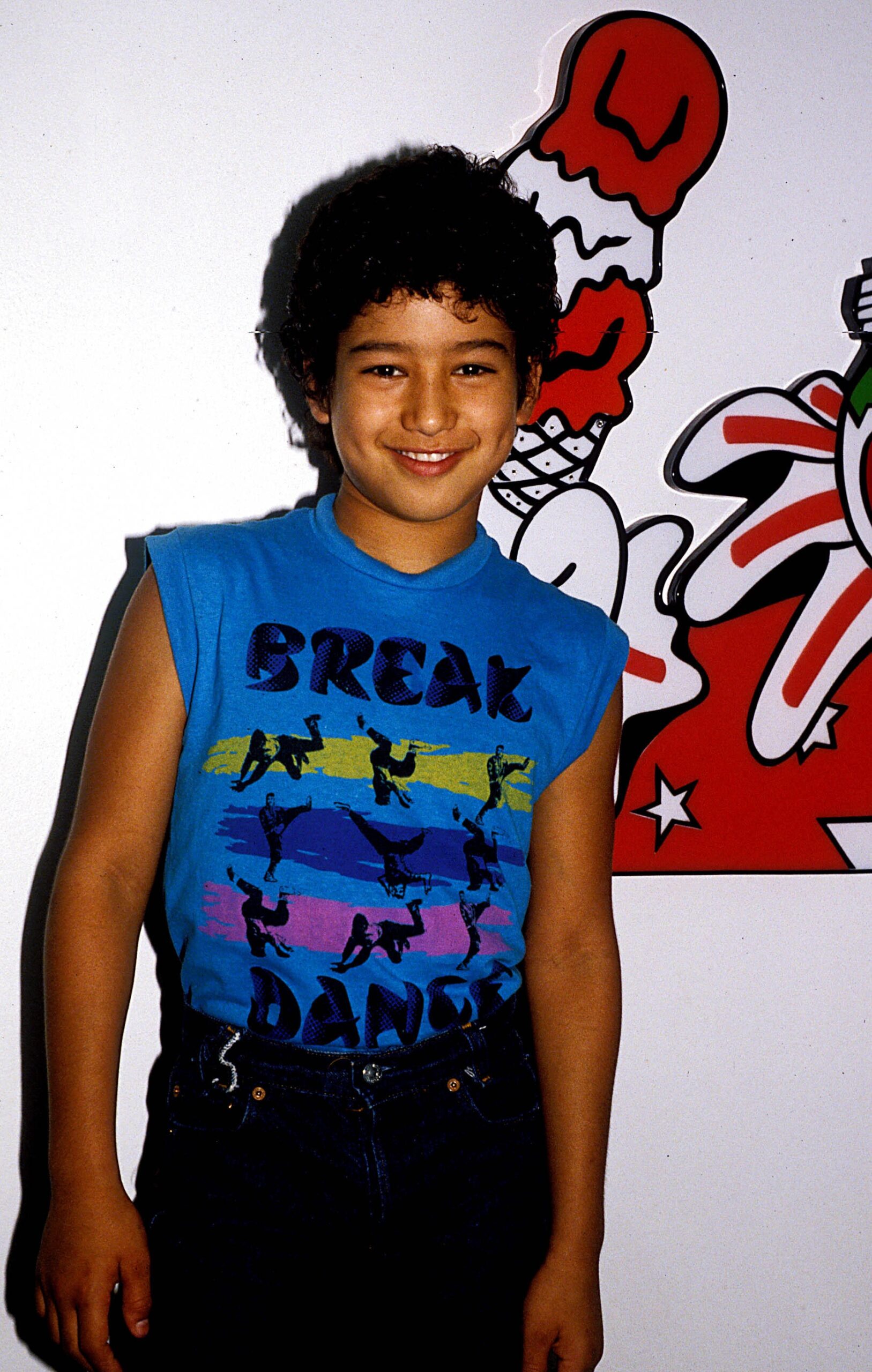
It Runs in the Family
Lopez has returned to acting in film in recent years, exclusively to family movies centered around the holidays. He enjoys including his own family in them. Daughter Gia appeared in his 2021 flick “Holiday in Santa Fe,” and wife Courtney and their son Dominic will appear with him in “Once Upon a Christmas Wish,” out this fall. The holiday film is the first of a multi-film contract with Great American Media. “Being able to share family-friendly stories representing diverse voices is a true blessing,” Lopez said of joining Great American Media.
Explaining why his family is so often involved in his projects, Lopez said, “Because my wife is actually the talented one, and fortunately, the kids take after her.” Despite all the flash of his topsy-turvy life, Lopez nurtures a more introspective side of his personality, one that came out in his memoir. As he wrote in “Just Between Us”: “No one is famous forever, so you just have to make the most of every moment and every opportunity, no matter how much money you have today, no matter how many people recognize you as you walk down the street.”

If he had it all to do over again, he wrote: “I’d have put more trust in God” from the start. “I know He’s got my back. … It’s nice to have something that is consistent in our life. Family and faith is that for me.”
What’s next? “There are many things I want to do. I want to produce more content. I have pots simmering on multiple burners,” he said.
At 50, Lopez looks 35. He credits daily exercise, good nutrition, and plenty of sleep, but he admits that perhaps a line of Mario Lopez skincare products might be a good idea—one more thing to add to the Lopez list of endeavors.
And if NASA ever makes a habit of sending celebrities into space, Mario Lopez will likely be high on the list of candidates.

Q&A with Mario Lopez
What’s your superpower?
Being able to fall asleep, ANYWHERE ANYTIME.
How would your kids describe you in a word or two? How would your wife describe you?
Kids, goofy. Wife, handful.
What song would be the perfect soundtrack to your life right now?
“Let’s Go Crazy” by Prince.
What lessons have you learned from your athletics endeavors like Brazilian jiujitsu and wrestling?
If you stay disciplined and consistent, you’re bound to improve no matter what.
What keeps you so positive?
My faith. And I’m genuinely happy.
What’s the best advice you’ve ever received?
Work hard, stay focused, and do the right thing. The right things will happen for you.
From Nov. Issue, Volume IV

